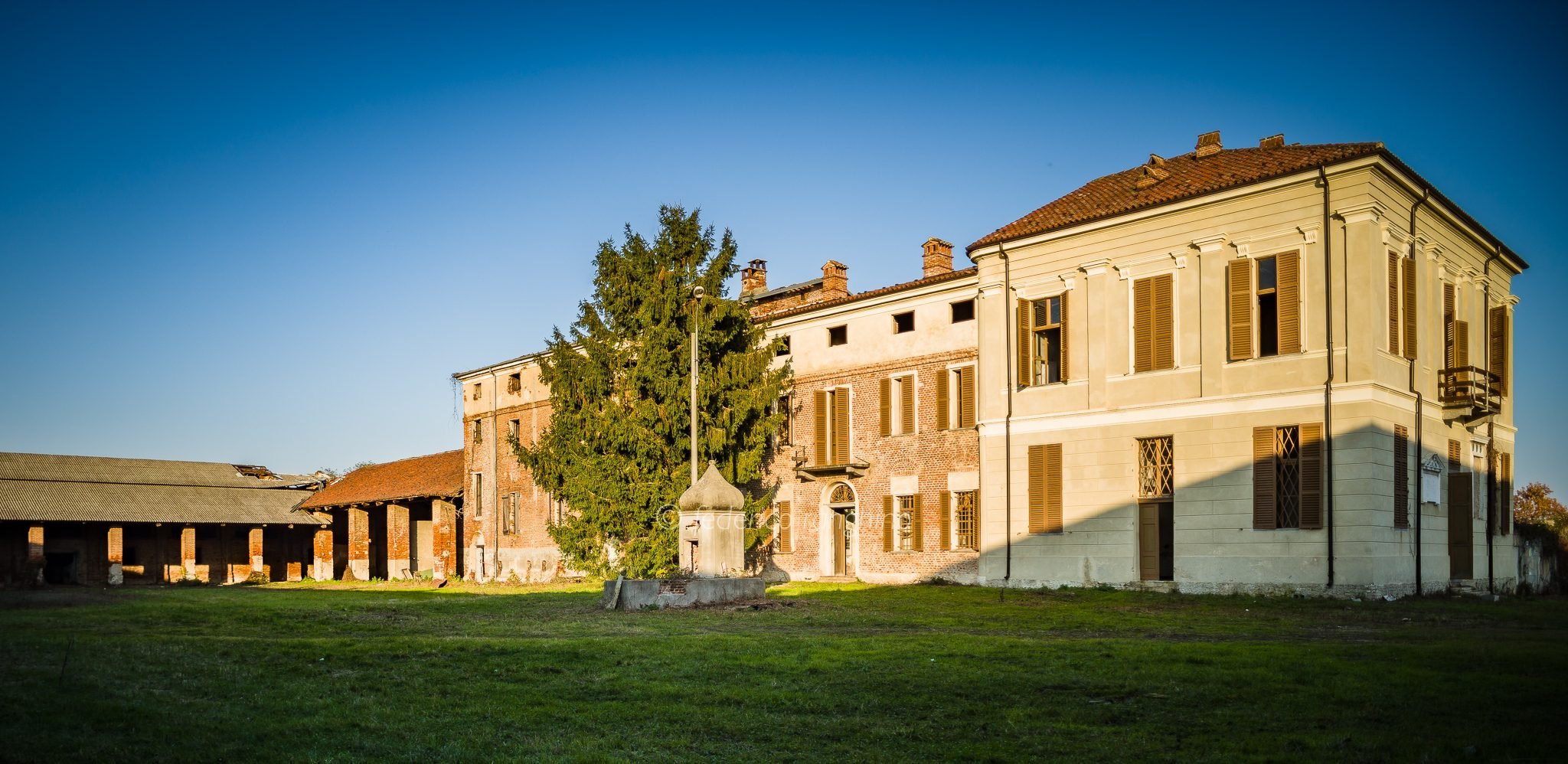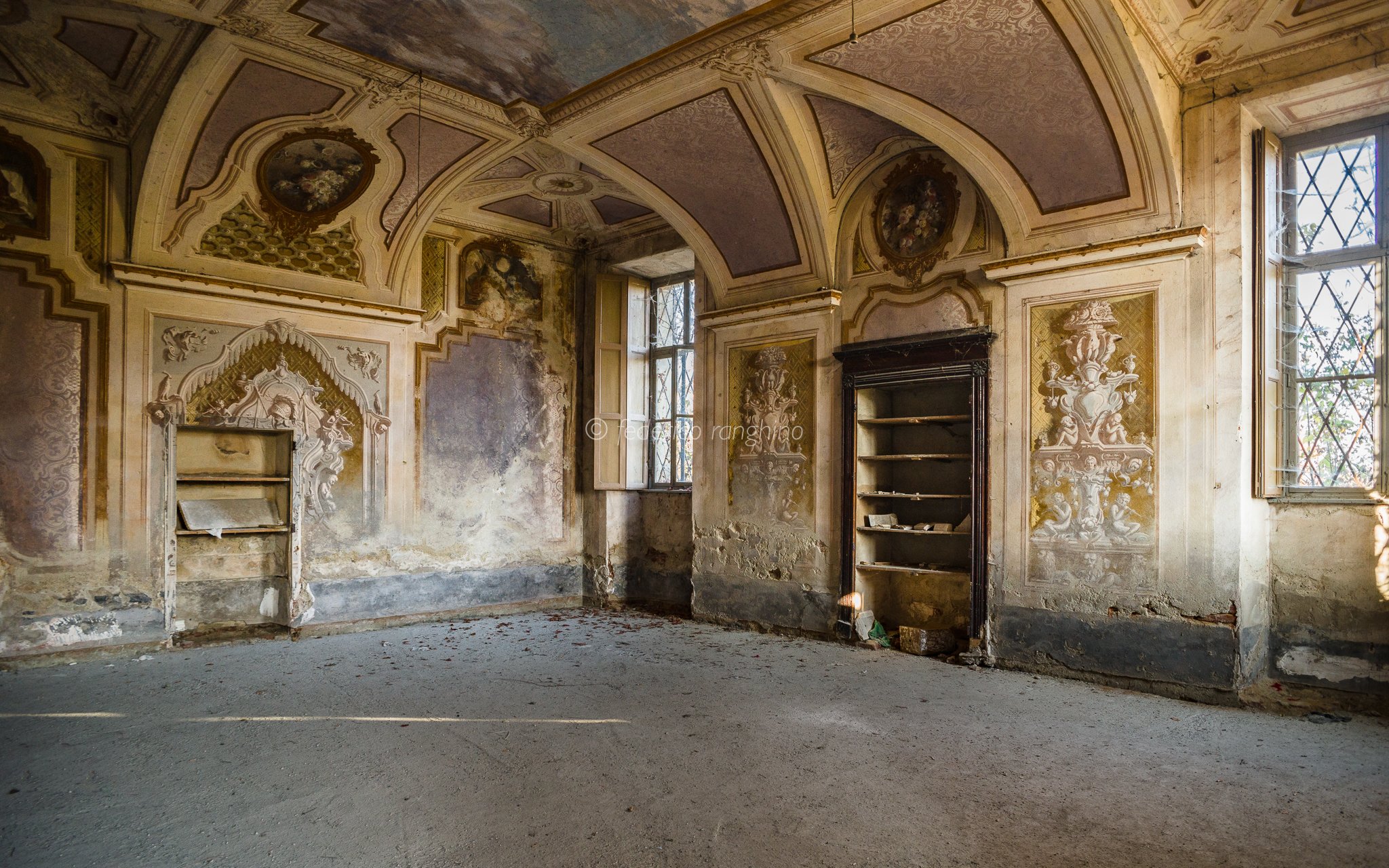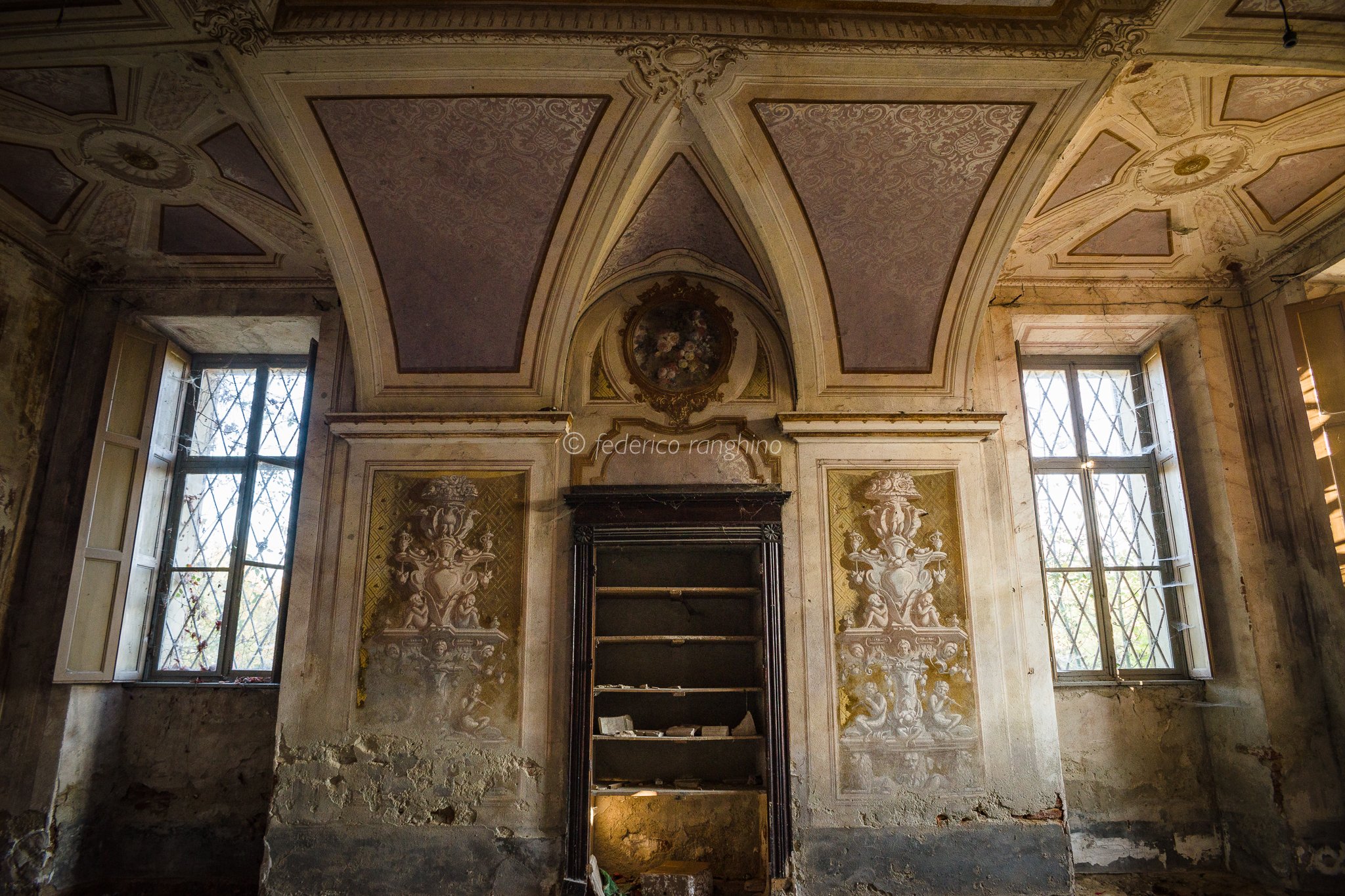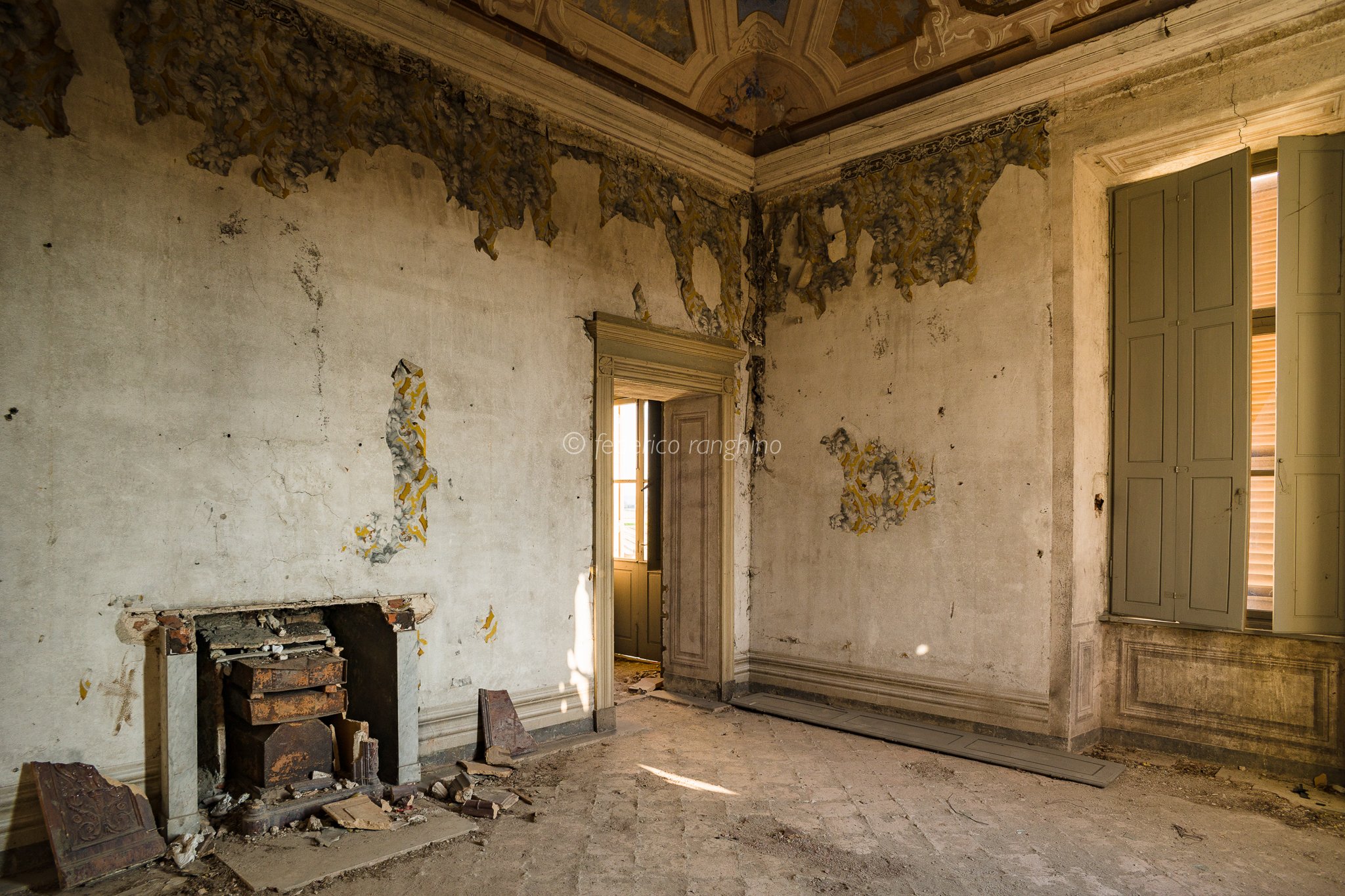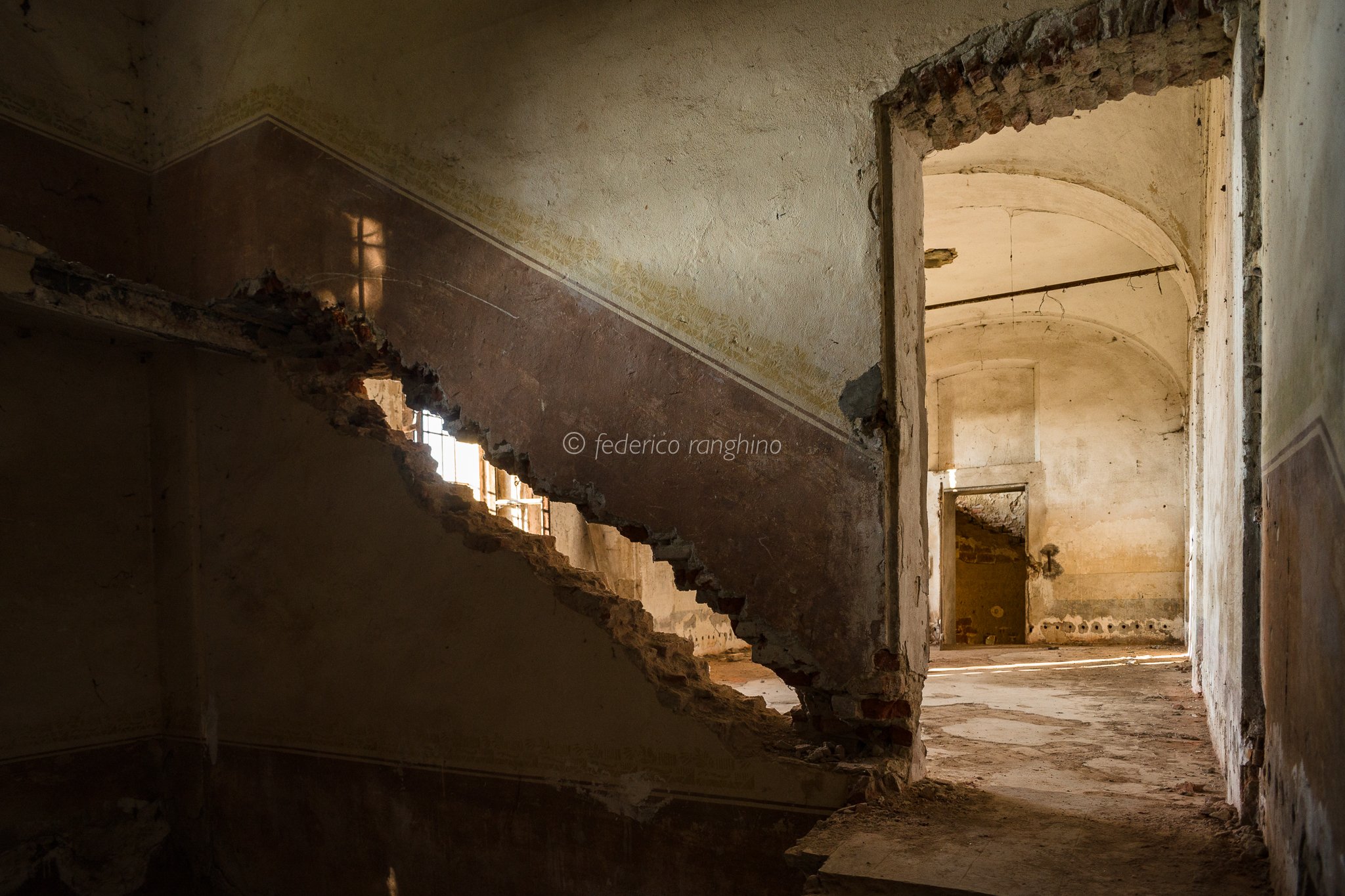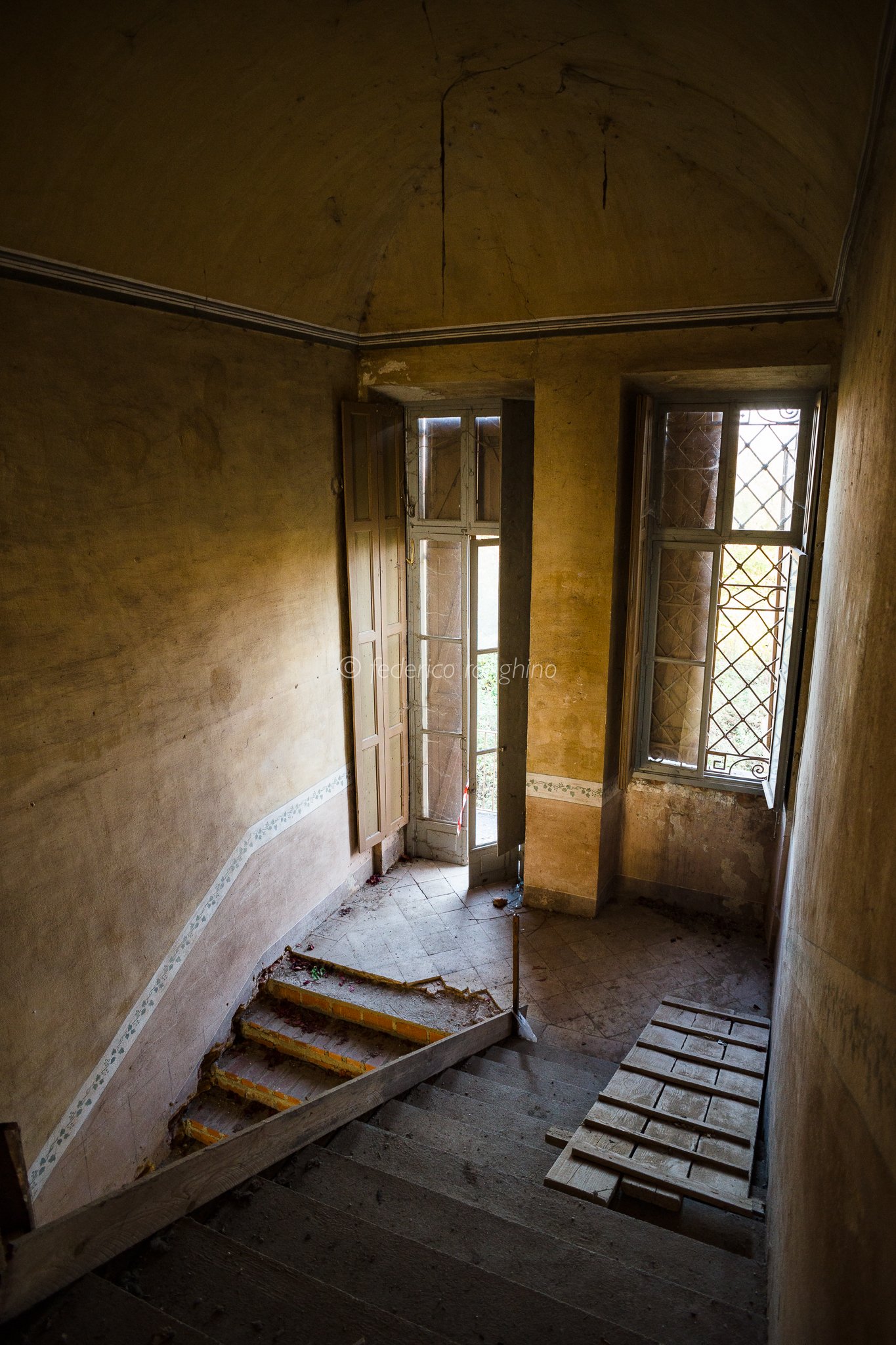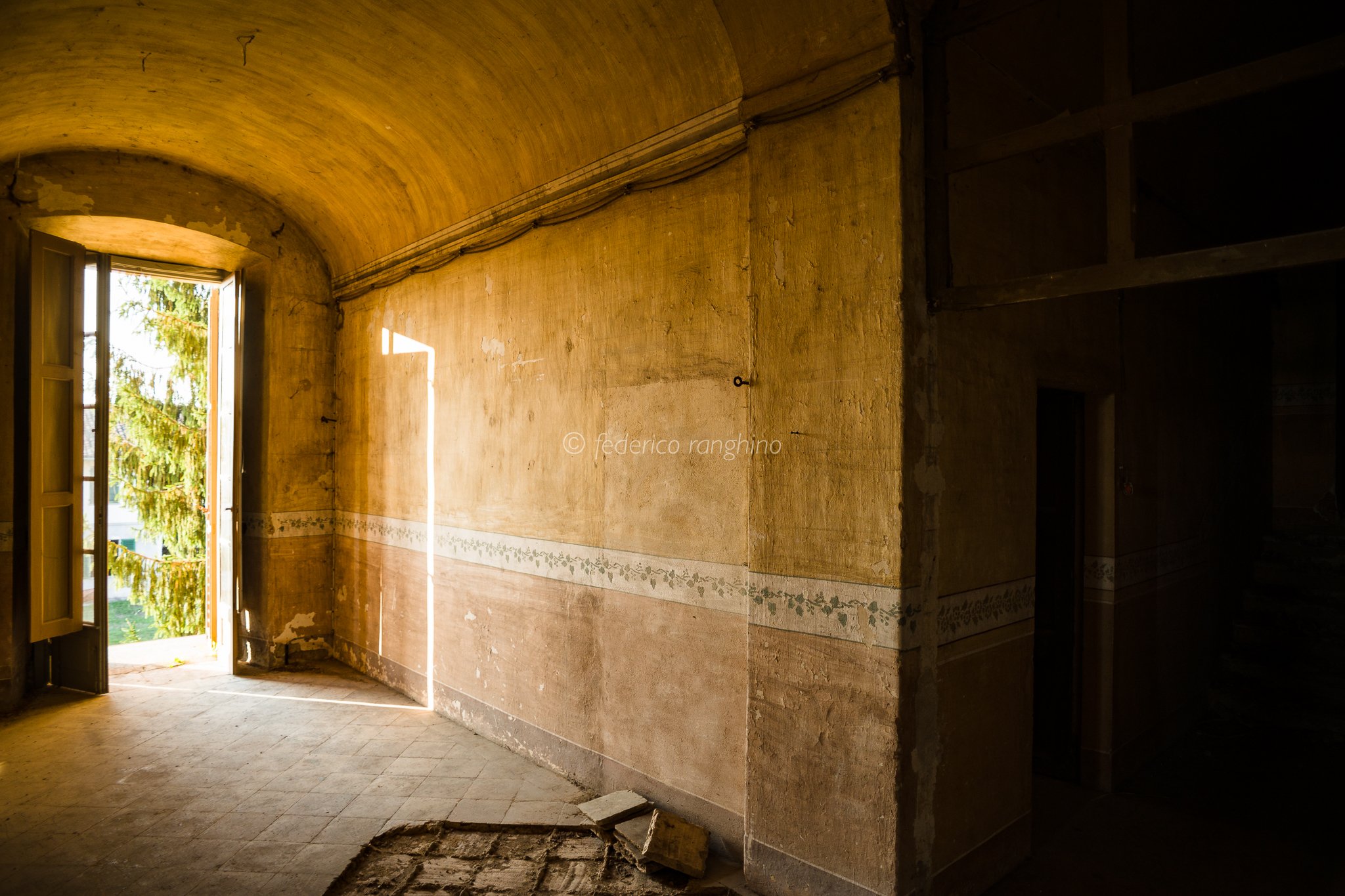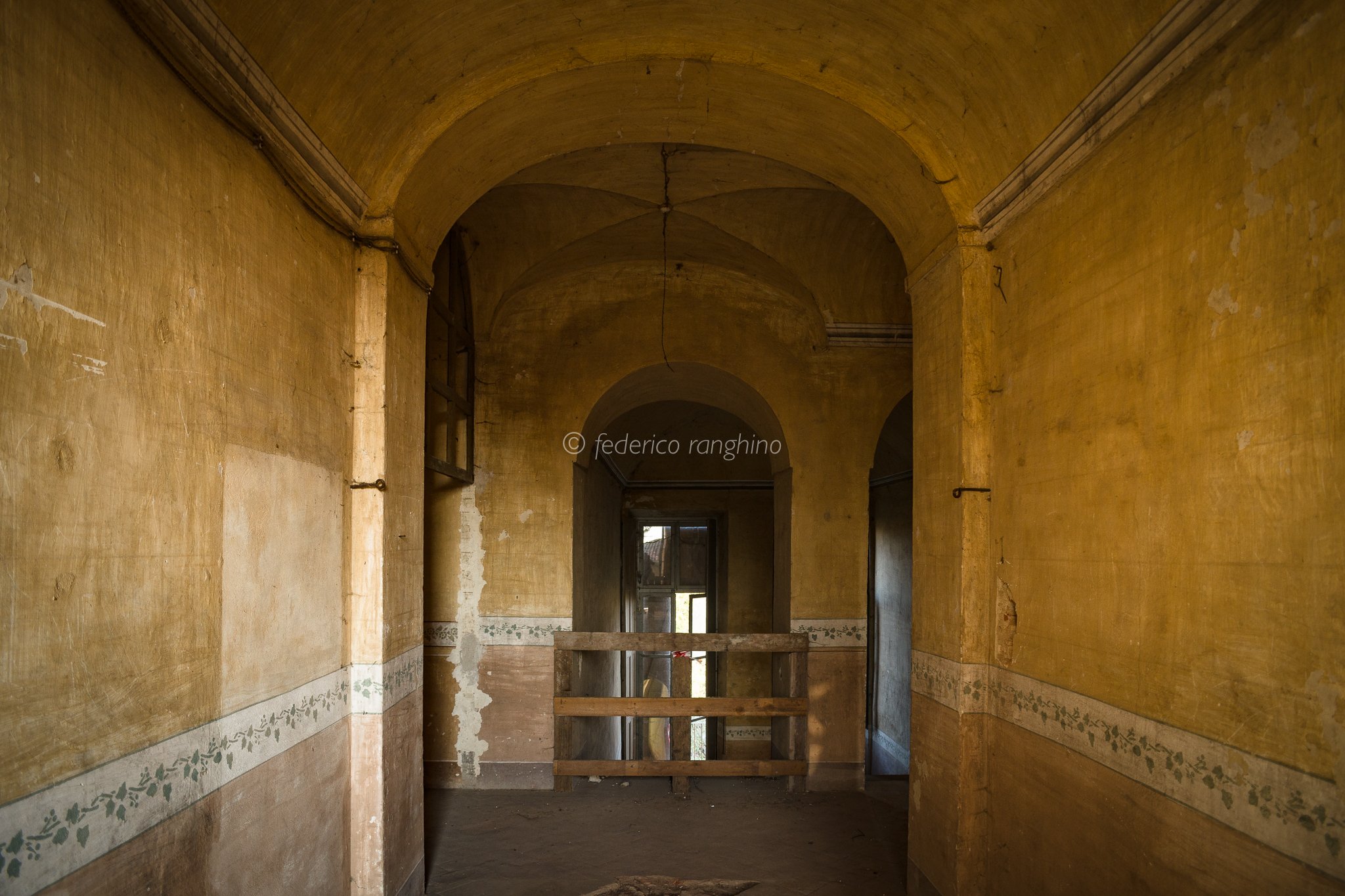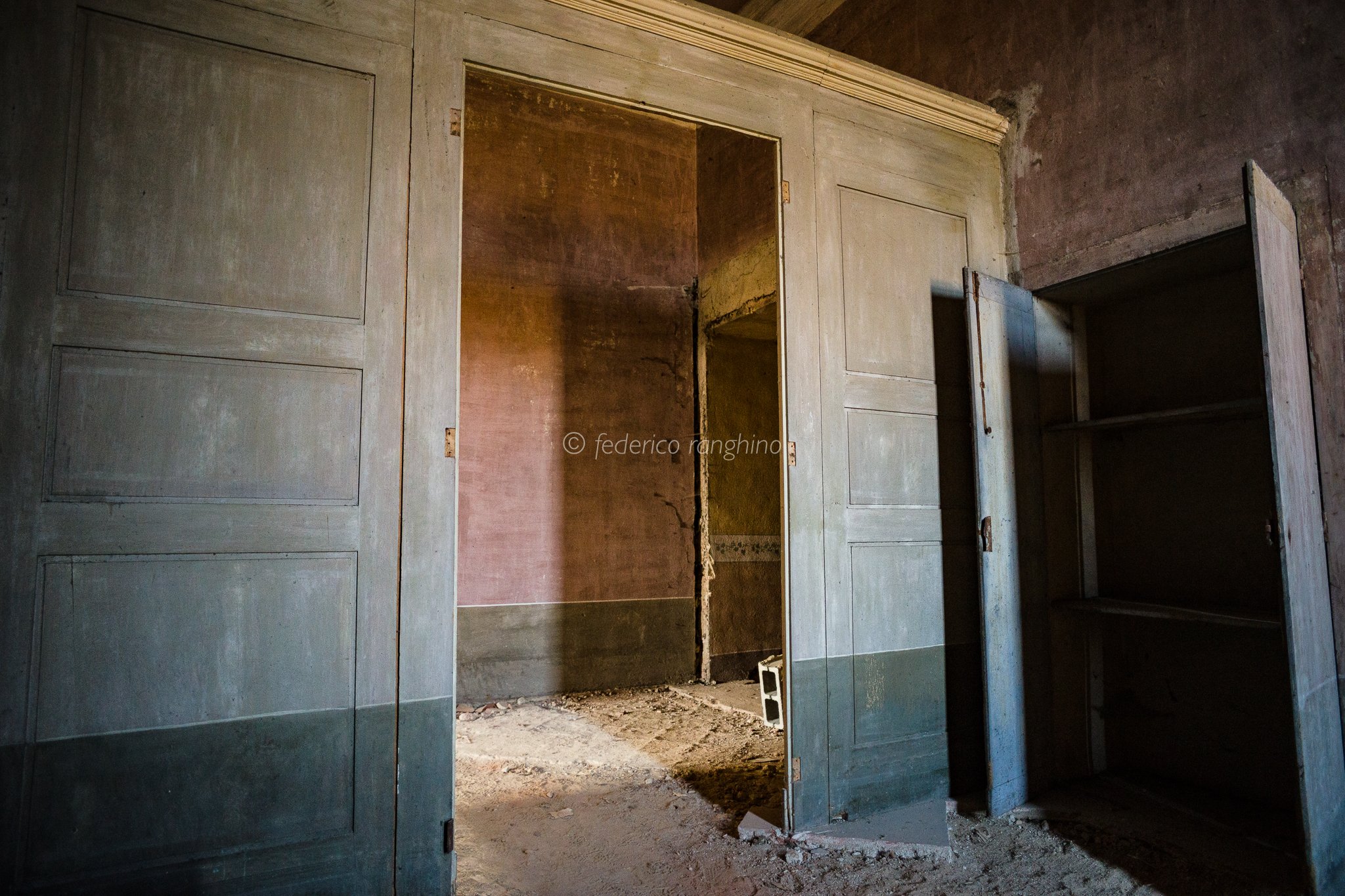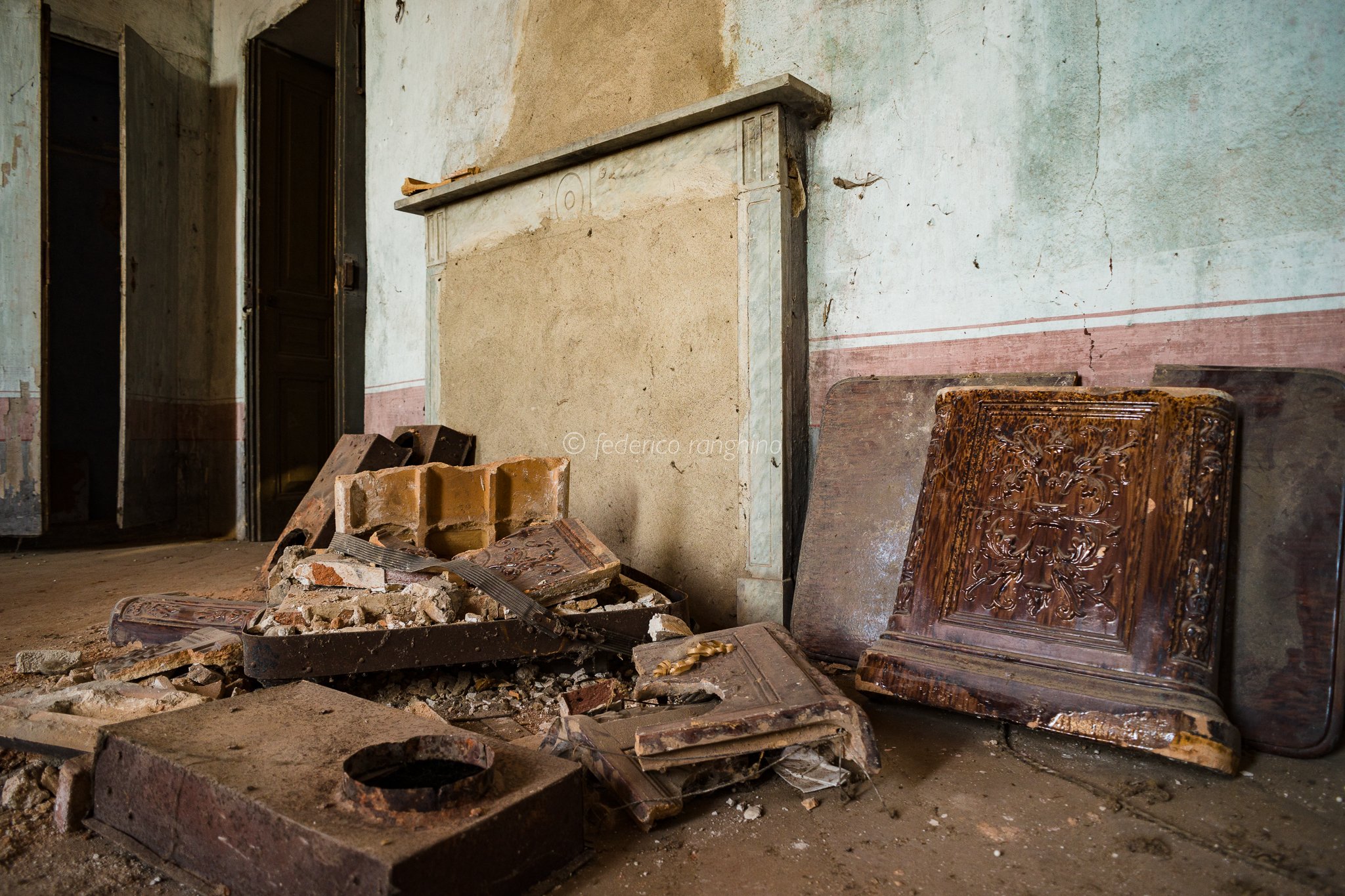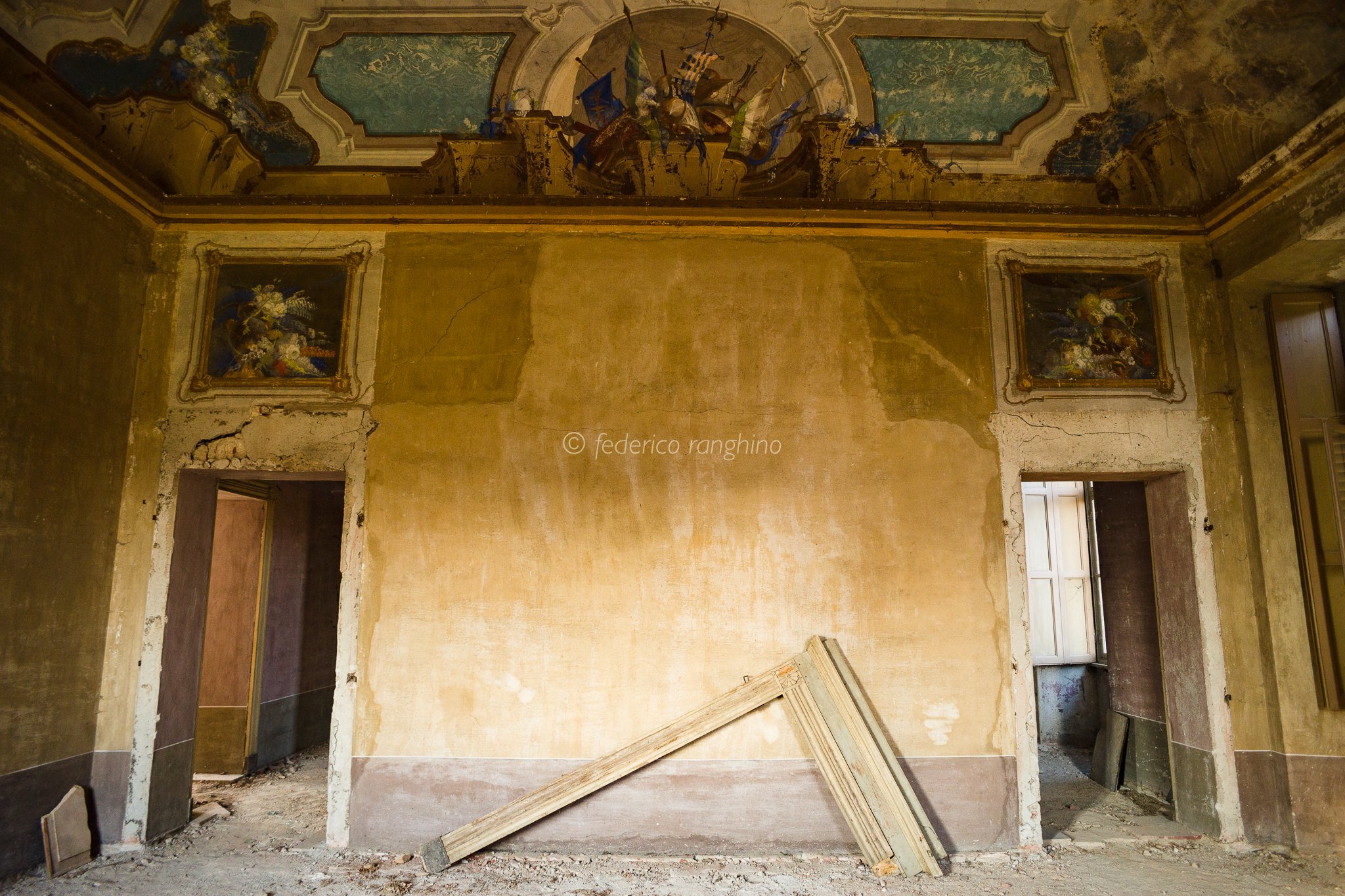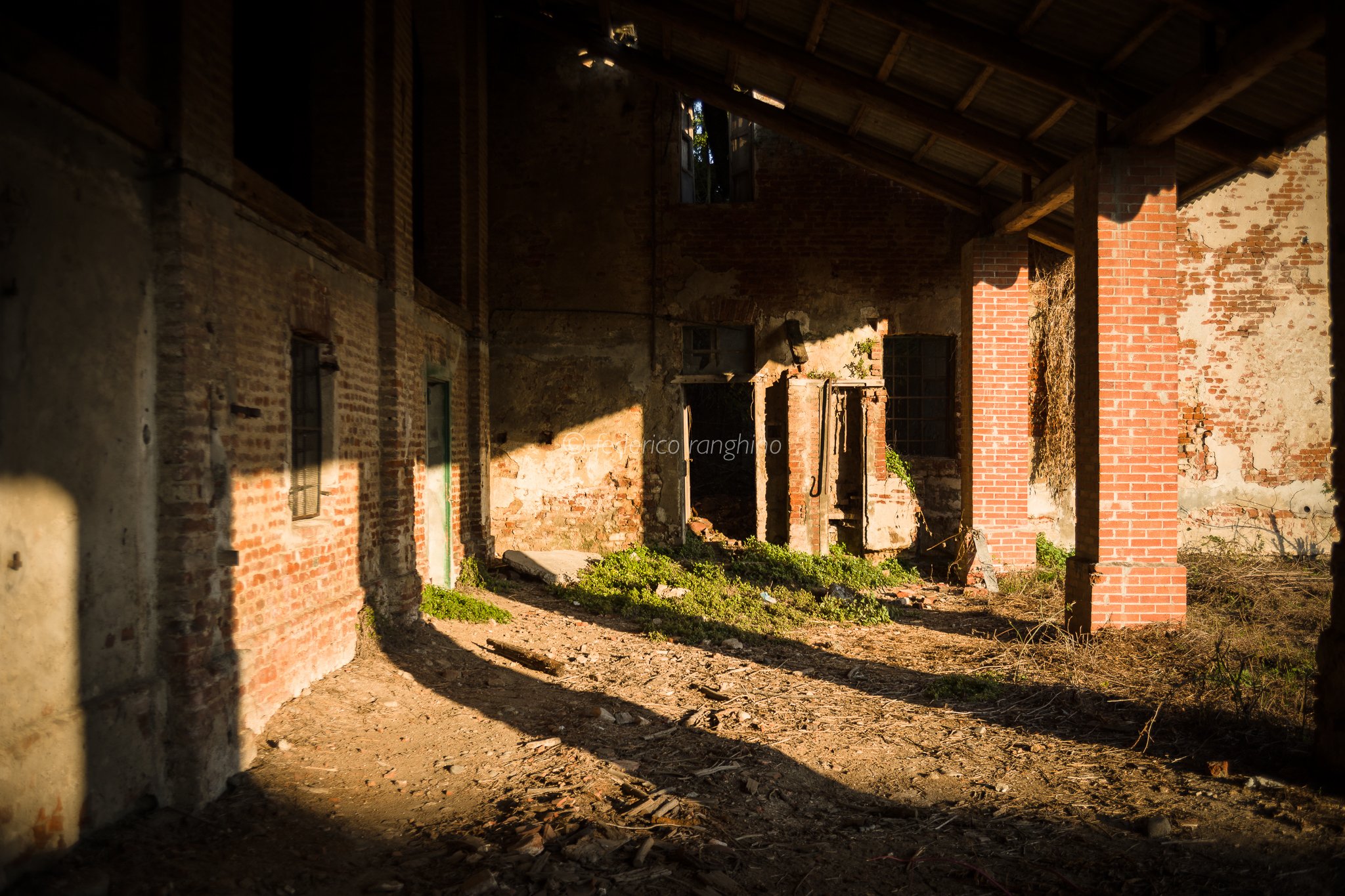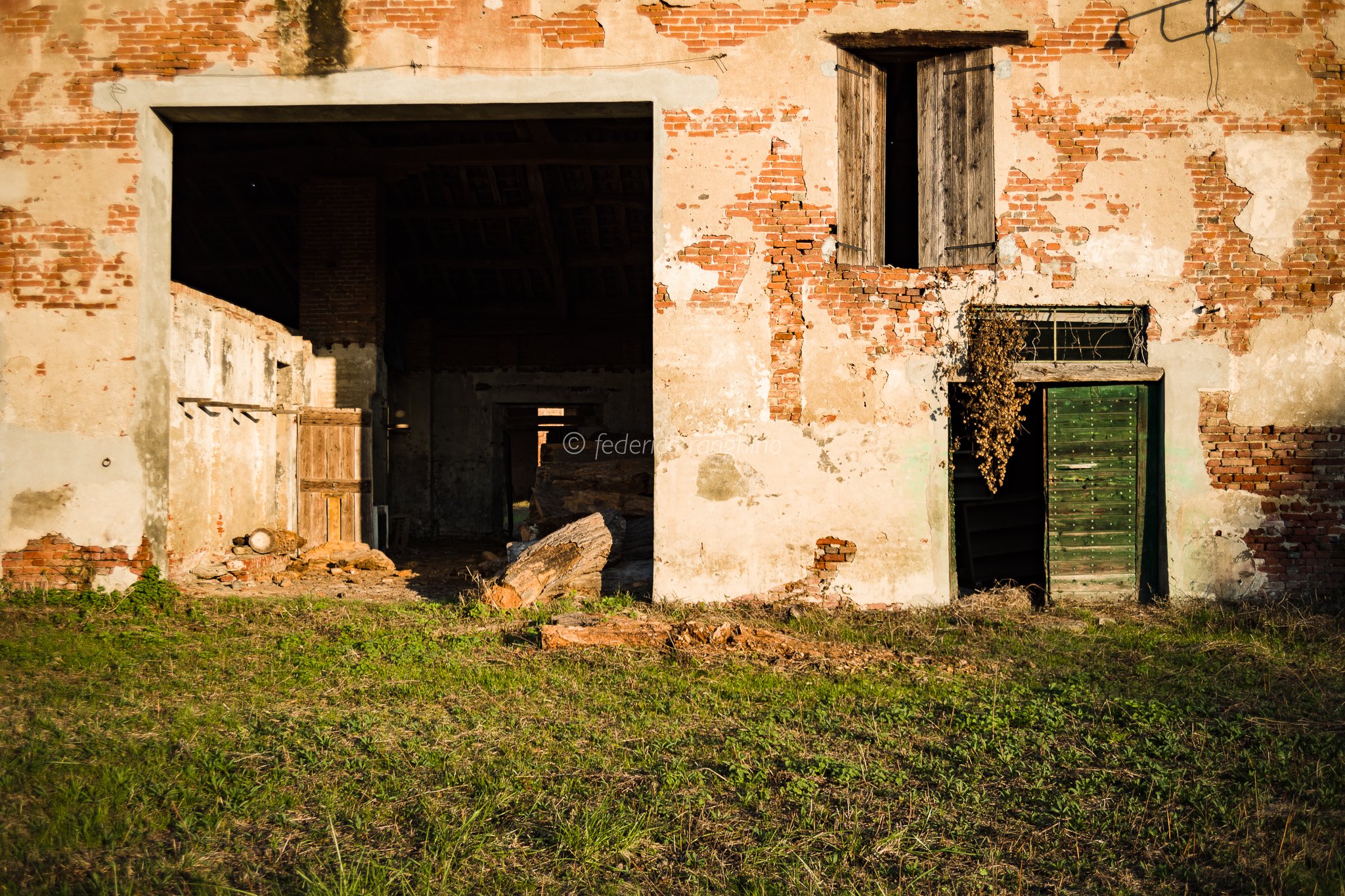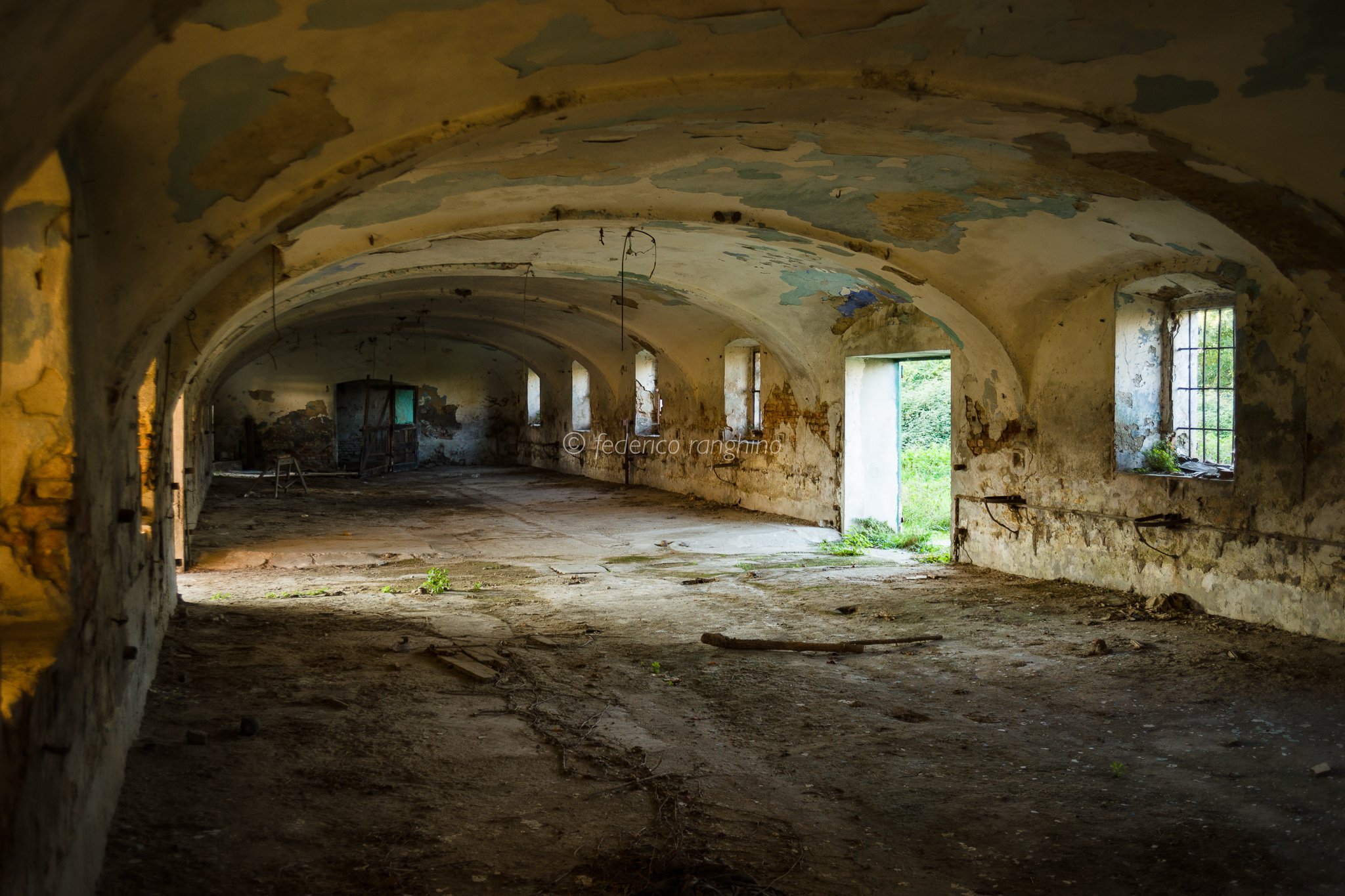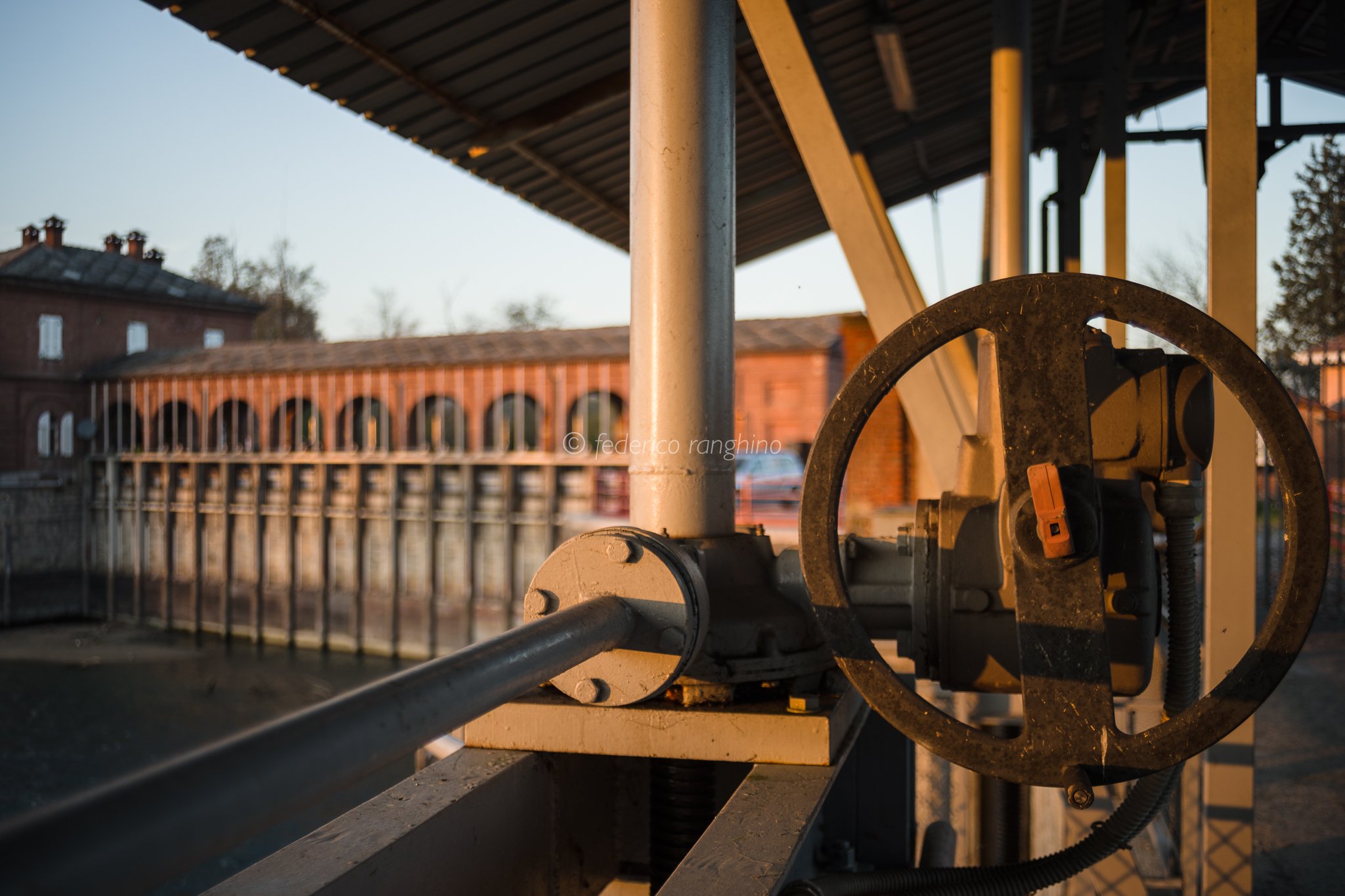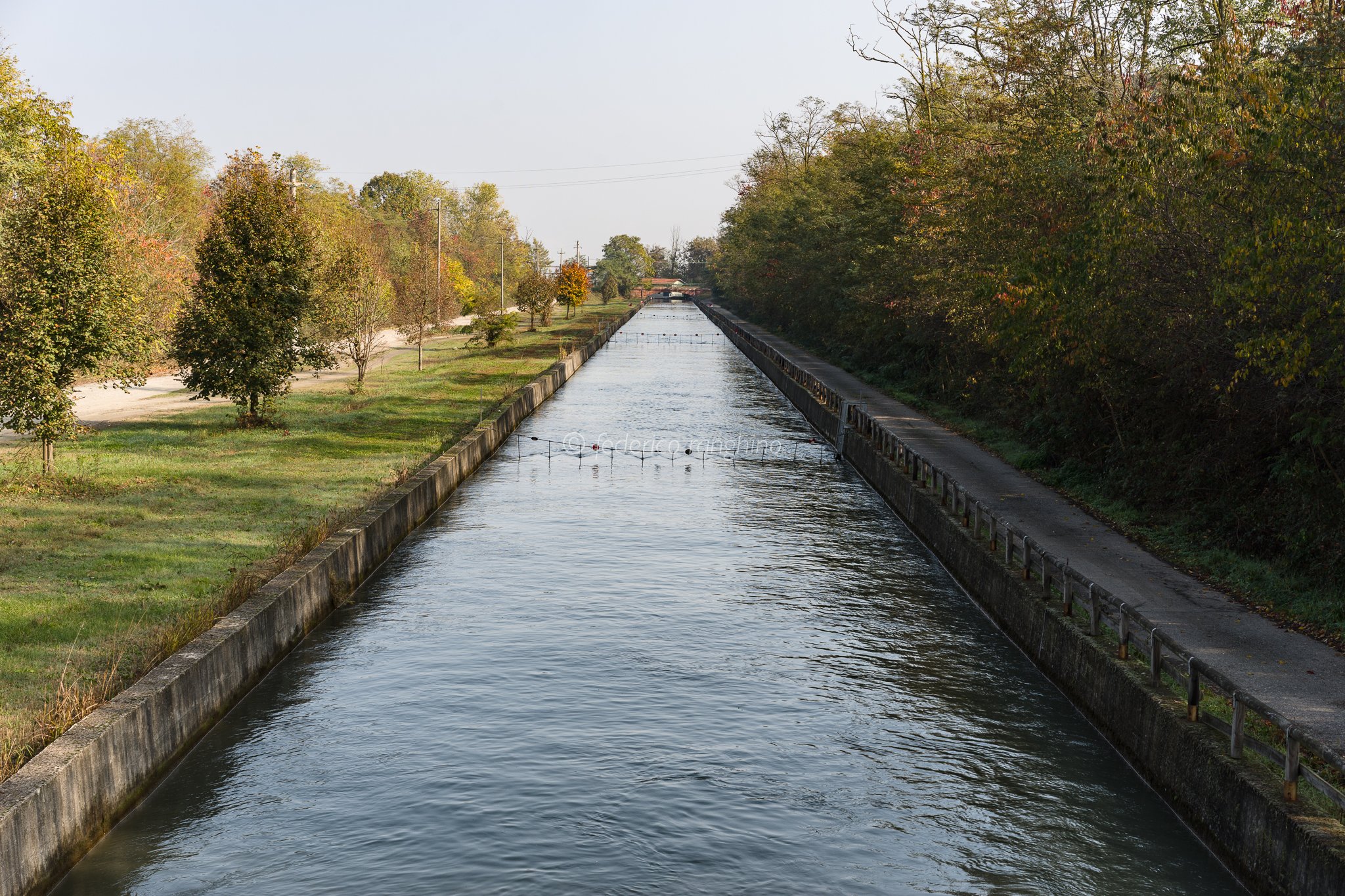Discovering the Cavour Canal
An incredible work of hydraulic engineering, an 85-kilometer canal built between 1863 and 1866 by over 14,000 people by force of arms and shovels.
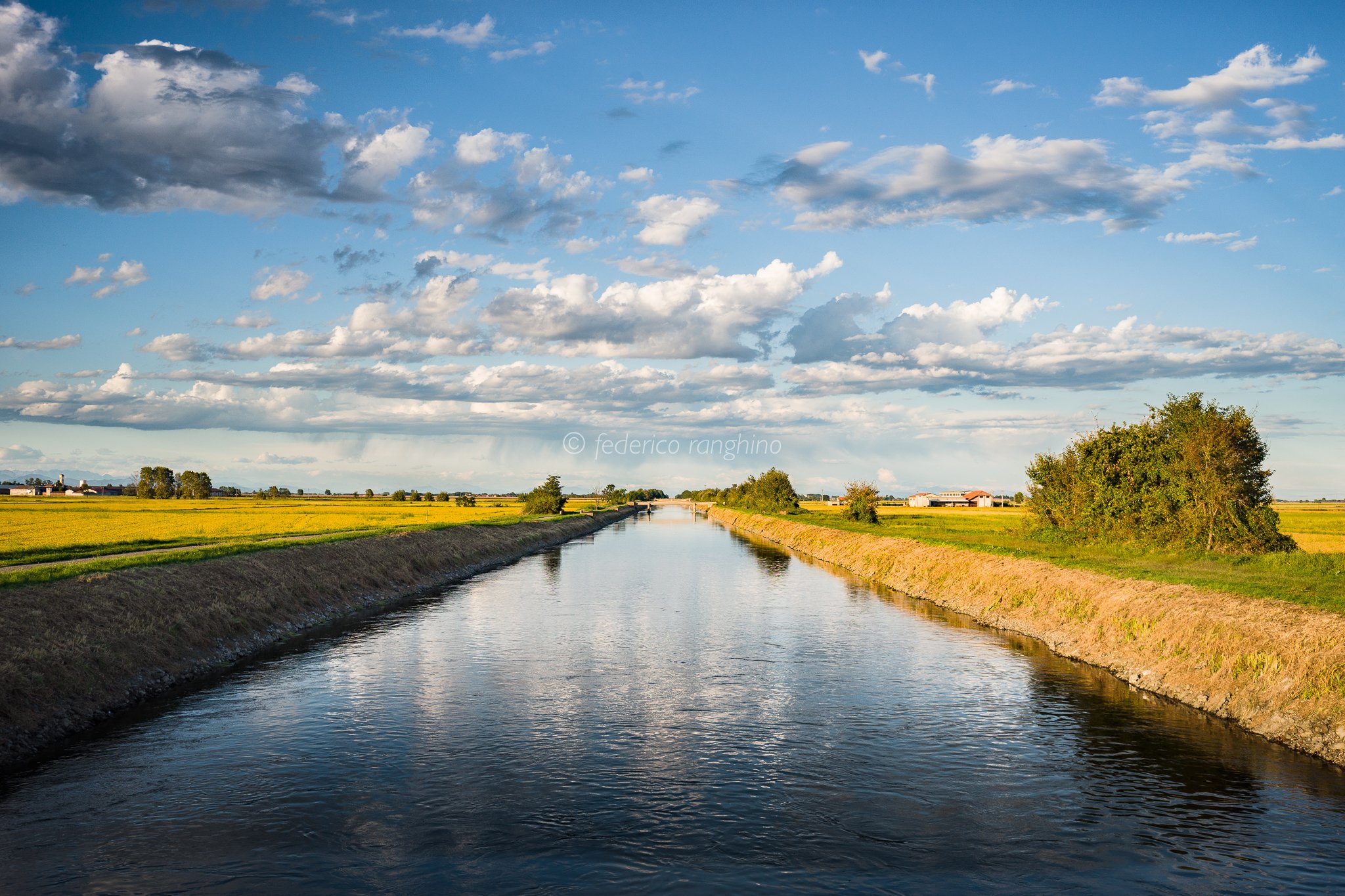
Eighty-five kilometers of route from Chivasso to Galliate, over one hundred bridges, two hundred and ten siphons and 62 canal bridges. The Cavour Canal is not only the largest hydraulic engineering work ever carried out in Italy, but the first in the United Kingdom of Italy: a monument of the Italian Risorgimento. It was built in just thirty-three months by a workforce of fourteen thousand workers between June 1863 and April 1866. In those years, people died, got married, and the local families organized trips to admire the grandeur of the work under construction. The echo of that immense effort has been handed down through the generations: "All about arms and shovels" is still said to be amazed today.
Since 2014 I have been walking the towpaths of the Cavour and the surrounding area to tell through photography a work that belongs to the history of Italy, too often ignored or that can only be perceived with the corner of my eye, crossing the canal on one of the many road bridges that cross it. Beyond and around that immense path of water there is much more than one might believe, as you walk along it you begin to understand the incredible rationality and elegance of the project: nothing is left to chance. Bridges, locks, unloaders, canal bridges and siphon-tombs, all carry out the task entrusted to them perfectly and intelligently: guiding, managing and carrying water. For eighty-five kilometers.
It is the legacy of the hard work of 14,000 people, the vision of Francesco Rossi and the political vision of Camillo Benso Conte di Cavour.
It is the backbone of a territory's identity.
It is the first great work of a newly united people.
History
Francesco Rossi, a land surveyor from Vercelli, was the first to understand the feasibility of a canal that could bring water to the Novara and Lomellina areas. Convinced of his idea of him, he spent five years measuring the countryside between the Po and the Sesia using a very simple water level. He almost collapsed to pavement to prove that there was an elevation difference of only twenty-five meters. Rossi planned the route of the canal and proposed it to the Savoy government, but the Savoy, however enthusiastic, had other concerns: the Austro-Hungarian Empire and the wars of the Italian Risorgimento. He proposed the canal project to the newborn Kingdom of Italy and ran into his old employer, Camillo Benso who fired him for incompatibility of views on how to manage the Leri estate.
<< So you really want to divide my farm into two slices? Or that you have absolutely no escape from this channel of yours? Oh my goodness! Isn't it possible to build it elsewhere? >> Camillo asked Francesco. And Rossi replied << Conte, it is not feasible for me to find another way for my channel >>. << Your channel will not do. >>
It was the tombstone that Camillo Benso placed on the project of his former land surveyor. But as often happens in Italian events, the paternity of the project was entrusted to Carlo Noè, who stopped the Austro-Hungarian army by flooding the Vercelli countryside, and slightly modified the route (making the construction three times more expensive) the canal eventually became and how. Without dividing the Count's land in Leri.
On April 12, 1866, neither Francesco Rossi nor Camillo Benso were able to attend the inauguration of the canal they wanted so much, albeit with very different reasons: both had died a few years earlier. Only Carlo Noè was able to participate.
The Cavour Canal is over one hundred and fifty years old, all in all well-worn: it continues to carry out the task of bringing water to the one hundred thousand hectares of land planted with rice between Eastern Piedmont and Western Lombardy with great rigor and humility. Maintenance interventions are on the agenda and the modernization of the water infrastructure is proceeding urgently. Every year a small part of the first great work of united Italy, testimony to the great ability of the Italian people to "do", fades.
Chivasso, the beginning of the Cavour Canal from the Po river
The Cavour Canal intake building in Chivasso is a marvelous architectural work, also made with the materials excavated from the canal: the stone for the foundations and the parts in contact with water, the bricks produced with clay of the excavation.
Once the upper gallery was open and passable, the locks controlled by imposing wheels are now replaced by electric motors and remote controls. In the lower gallery you enter an almost alien world, completely surrounded by water.
During the Second World War, the guardian left the tunnel doors open in the evening to allow the partisans to descend from the hills, cross the Po on the dam, cross the intake building and enter the city. The guardian was discovered and executed.
Saluggia, the Farini Canal on the Dora Baltea
As Francesco Rossi had guessed, the Po was not sufficient to guarantee the flow of water necessary for the Cavour Canal: in spring and summer the canal was dry.
They ran for cover in 1868 by building the Farini Canal: taking the water of the Dora Baltea at the height of Saluggia, abundant in spring and summer, the water flow of the Cavour is regularized. Rossi wanted to achieve the same result by starting the Cavour Canal in Crescentino, just downstream of the natural confluence between the Po and Dora Baltea, and at incredibly lower costs.
The Farini intake building is in fact the second "source" of the Cavour Canal.
The mouth of the Cavour canal outfall
The Canale Cavour in dry conditions
The dry are those particular and very short periods in which the canals are emptied to carry out cleaning and maintenance work: the Cavour canal is very well over its 150 years old, but must be constantly looked after.
Leri Cavour
A terrible fate suffered the estate of the Counts of Cavour in Leri, abandoned for years to neglect and acts of vandalism despite the efforts of the Municipality of Trino (which owns it) and the Piedmont Region to find funds and design solutions to protect and redevelop another monument of the Italian Risorgimento.
